Cosmic Smoke Signals: James Webb Telescope Discovers Organic Molecules in Distant Galaxy — Astronomers have found co |
The galaxy observed by Webb shows an Einstein ring caused by a phenomenon known as lensing, which occurs when two galaxies are almost perfectly aligned from our perspective on Earth. The gravity from the galaxy in the foreground causes the light from the background galaxy to be distorted and magnified, like looking through the stem of a wine glass. Because they are magnified, lensing allows astronomers to study very distant galaxies in more detail than otherwise possible. Credit: S. Doyle / J.
“These big molecules are actually pretty common in space,” Spilker explained. “Astronomers used to think they were a good sign that new stars were forming. Anywhere you saw these molecules, baby stars were also right there blazing away.” “Discoveries like this are precisely what Webb was built to do: understand the earliest stages of the universe in new and exciting ways,” Phadke said. “It’s amazing that we can identify molecules billions of light-years away that we’re familiar with here on Earth, even if they show up in ways we don’t like, like smog and smoke. It’s also a powerful statement about the amazing capabilities of Webb that we’ve never had before.
United States Latest News, United States Headlines
Similar News:You can also read news stories similar to this one that we have collected from other news sources.
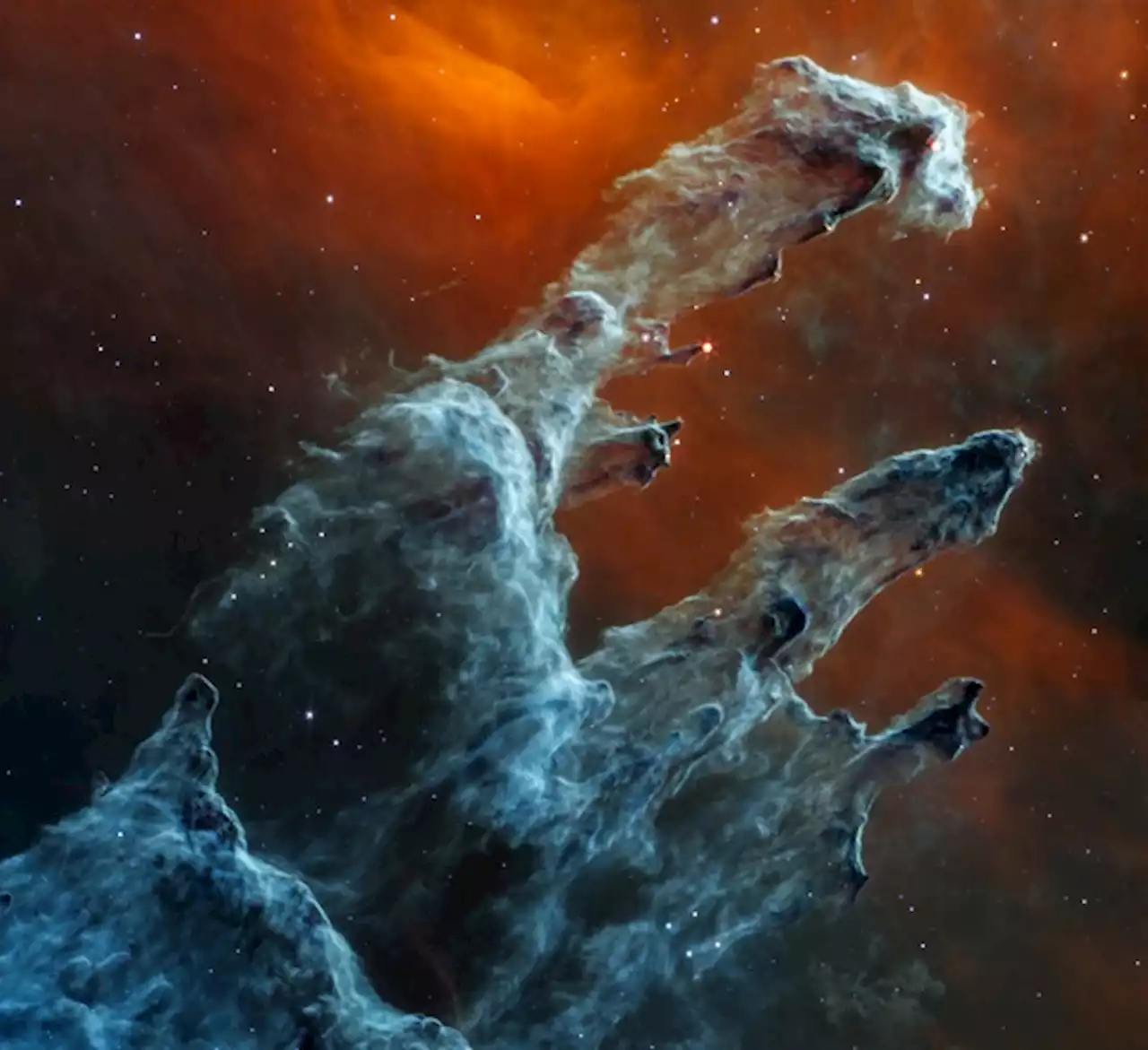 James Webb Telescope Captures Eerie Image Of Pillars Of CreationTaken by JWST’s MIRI instrument, the haunting shot highlights the copious dust visible in the Pillars when viewed in mid-infrared light.
James Webb Telescope Captures Eerie Image Of Pillars Of CreationTaken by JWST’s MIRI instrument, the haunting shot highlights the copious dust visible in the Pillars when viewed in mid-infrared light.
Read more »
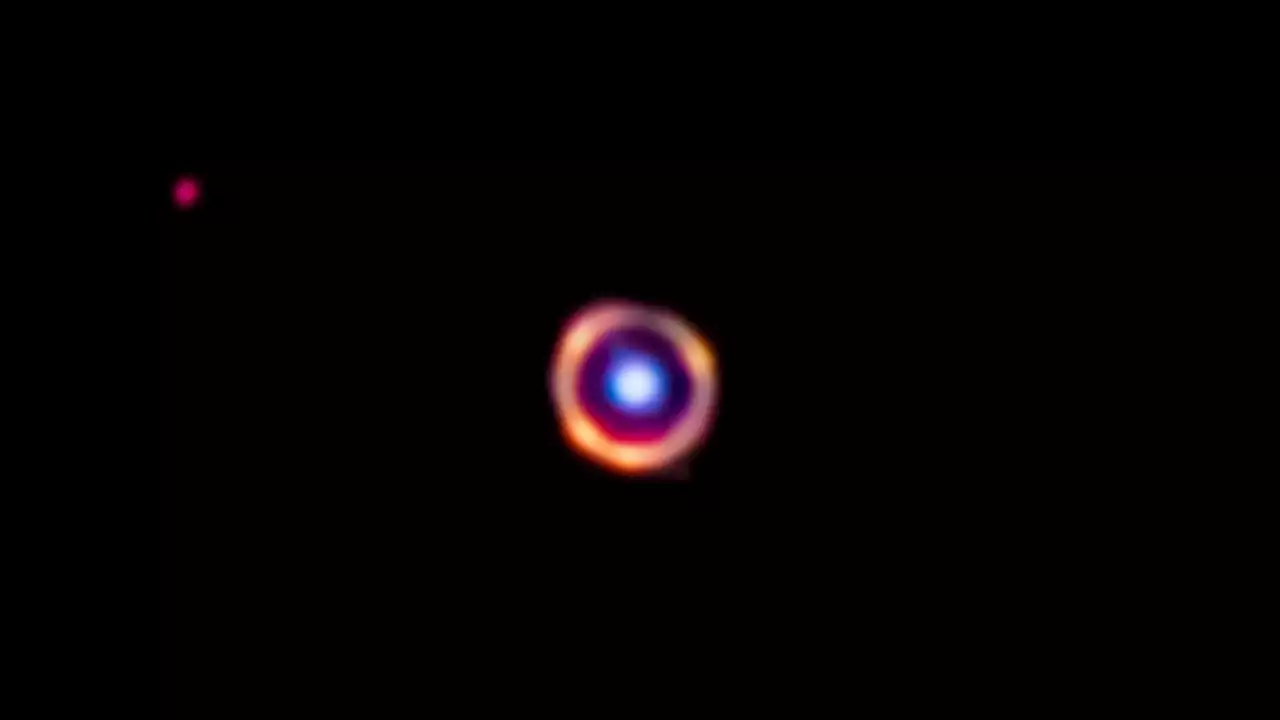 James Webb Space Telescope spies earliest complex organic molecules in the universeThe chemicals reside within a galaxy that formed when the universe was about 10% of its current age.
James Webb Space Telescope spies earliest complex organic molecules in the universeThe chemicals reside within a galaxy that formed when the universe was about 10% of its current age.
Read more »
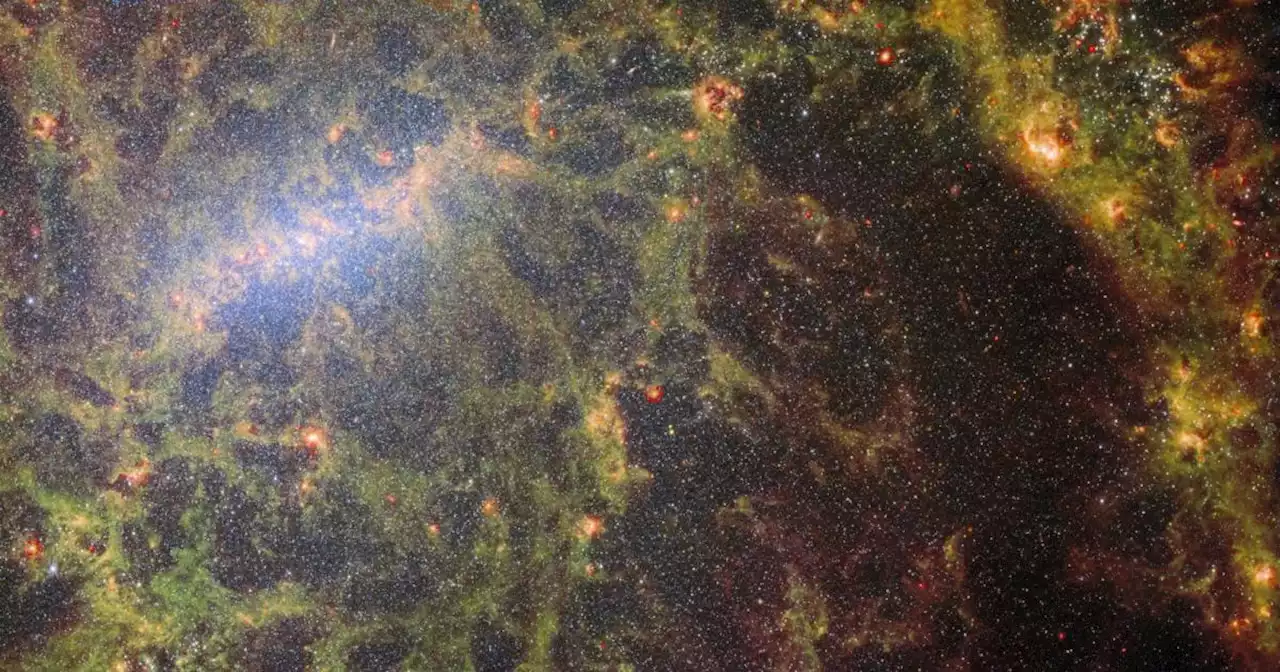 Latest Webb Telescope images gives a look at stars being born in the Virgo constellation | EngadgetThe latest images released from the James Webb Space Telescope show off the barred spiral galaxy NGC 5068.
Latest Webb Telescope images gives a look at stars being born in the Virgo constellation | EngadgetThe latest images released from the James Webb Space Telescope show off the barred spiral galaxy NGC 5068.
Read more »
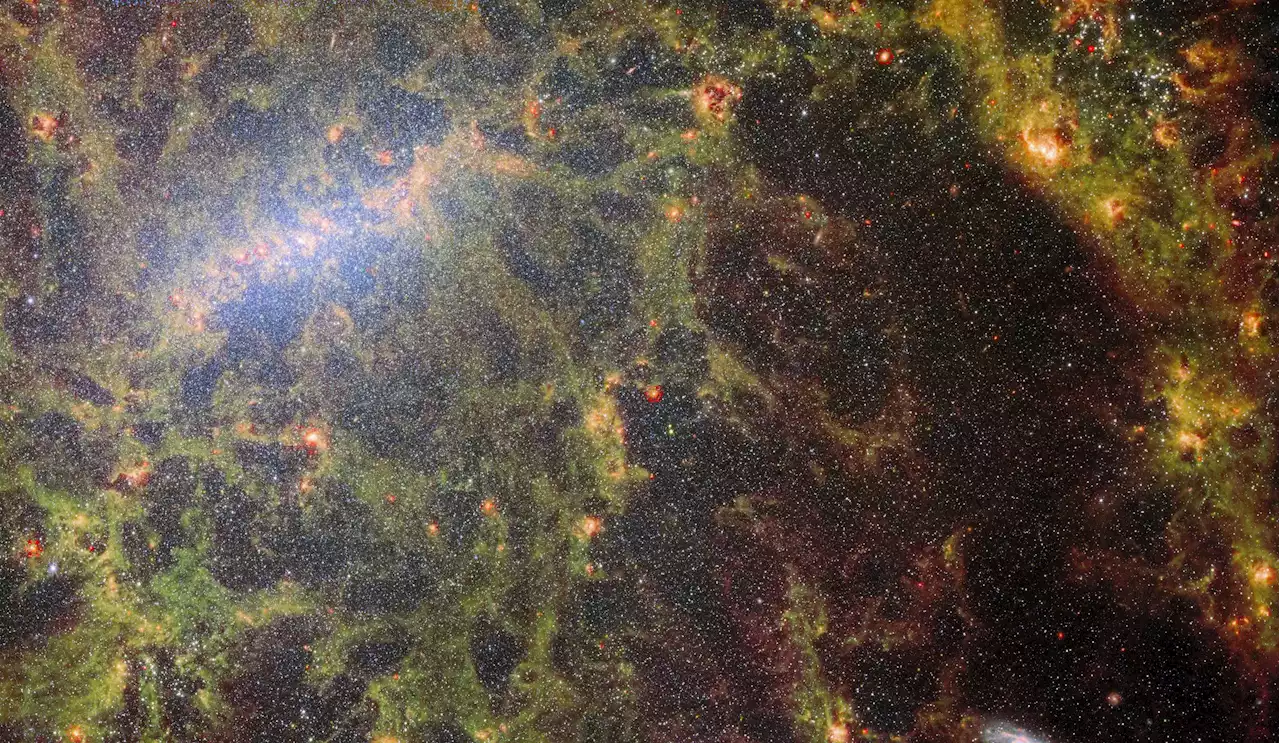 Behind Galactic Bars: Webb Telescope Unlocks Secrets of Star FormationNASA's James Webb Space Telescope has captured a detailed image of the barred spiral galaxy NGC 5068. Part of a project to record star formation in nearby galaxies, this initiative provides significant insights into various astronomical fields. The telescope's ability to see through gas and dust, ty
Behind Galactic Bars: Webb Telescope Unlocks Secrets of Star FormationNASA's James Webb Space Telescope has captured a detailed image of the barred spiral galaxy NGC 5068. Part of a project to record star formation in nearby galaxies, this initiative provides significant insights into various astronomical fields. The telescope's ability to see through gas and dust, ty
Read more »
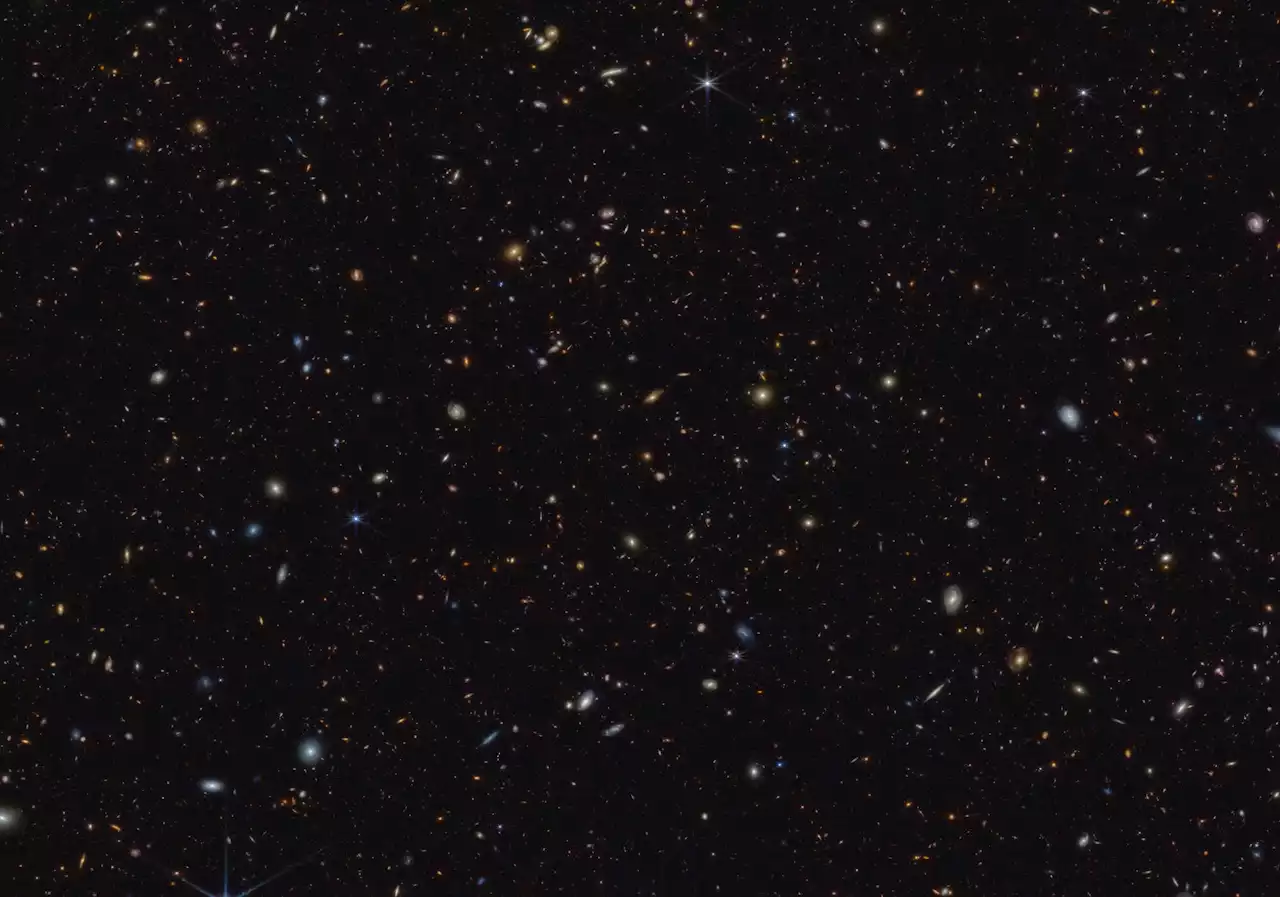 Early universe crackled with bursts of star formation, Webb Telescope showsAmong the most fundamental questions in astronomy is: How did the first stars and galaxies form? NASA's James Webb Space Telescope is already providing new insights into this question. One of the largest programs in Webb's first year of science is the JWST Advanced Deep Extragalactic Survey, or JADES, which will devote about 32 days of telescope time to uncover and characterize faint, distant galaxies. While the data is still coming in, JADES already has discovered hundreds of galaxies that existed when the universe was less than 600 million years old. The team also has identified galaxies sparkling with a multitude of young, hot stars.
Early universe crackled with bursts of star formation, Webb Telescope showsAmong the most fundamental questions in astronomy is: How did the first stars and galaxies form? NASA's James Webb Space Telescope is already providing new insights into this question. One of the largest programs in Webb's first year of science is the JWST Advanced Deep Extragalactic Survey, or JADES, which will devote about 32 days of telescope time to uncover and characterize faint, distant galaxies. While the data is still coming in, JADES already has discovered hundreds of galaxies that existed when the universe was less than 600 million years old. The team also has identified galaxies sparkling with a multitude of young, hot stars.
Read more »
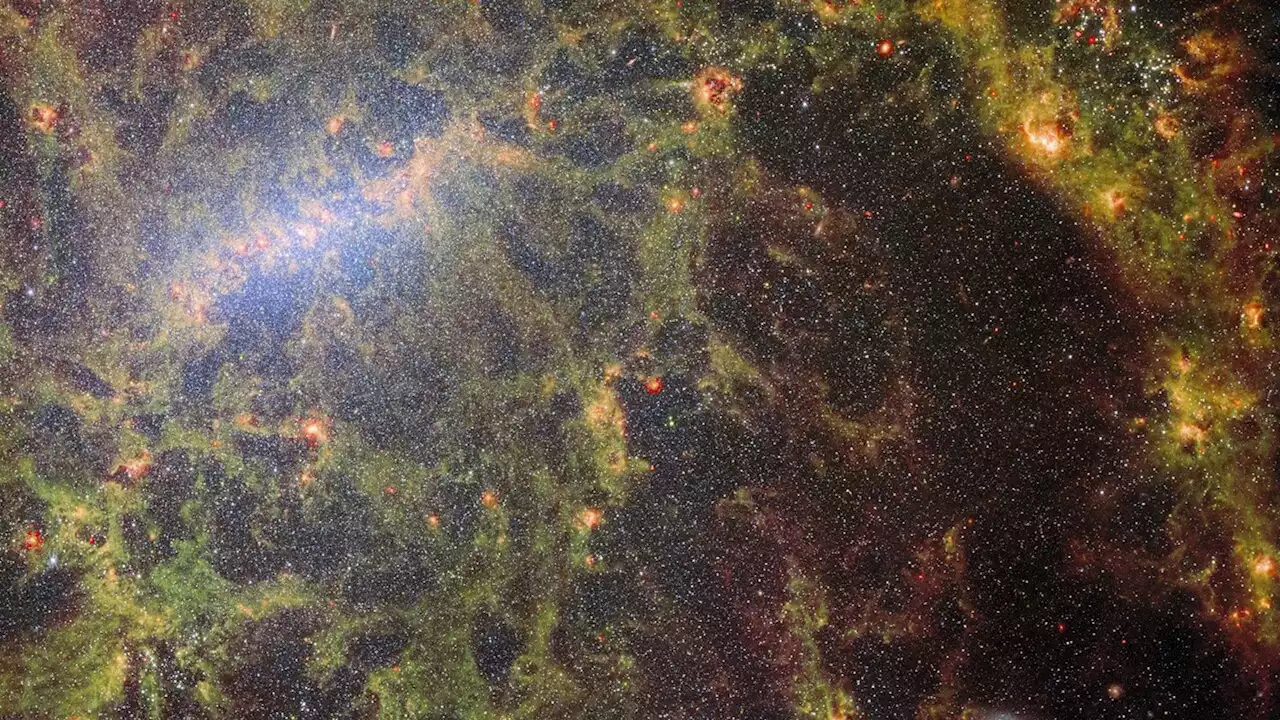 James Webb captures detailed image of star birth in barred spiral galaxy'Webb's dual vision is helping us to see star-forming regions — such as galaxy NGC 5068 — as never before,' NASA explained in a social media post.
James Webb captures detailed image of star birth in barred spiral galaxy'Webb's dual vision is helping us to see star-forming regions — such as galaxy NGC 5068 — as never before,' NASA explained in a social media post.
Read more »
